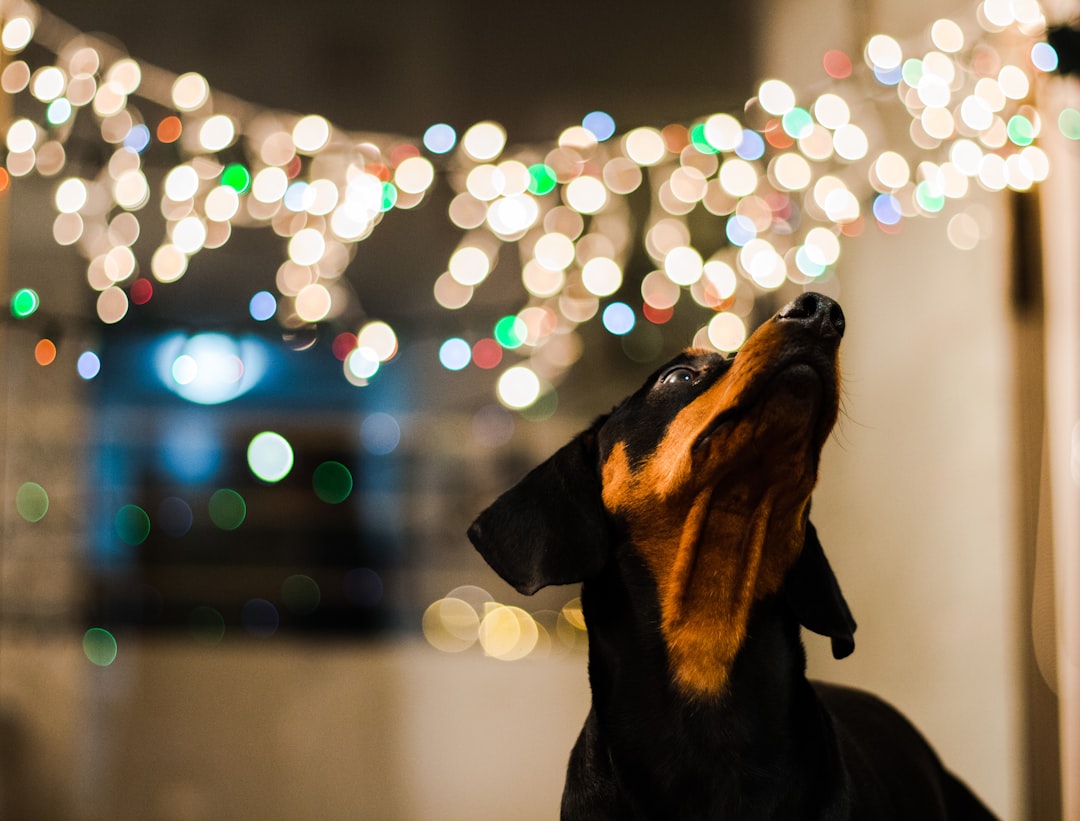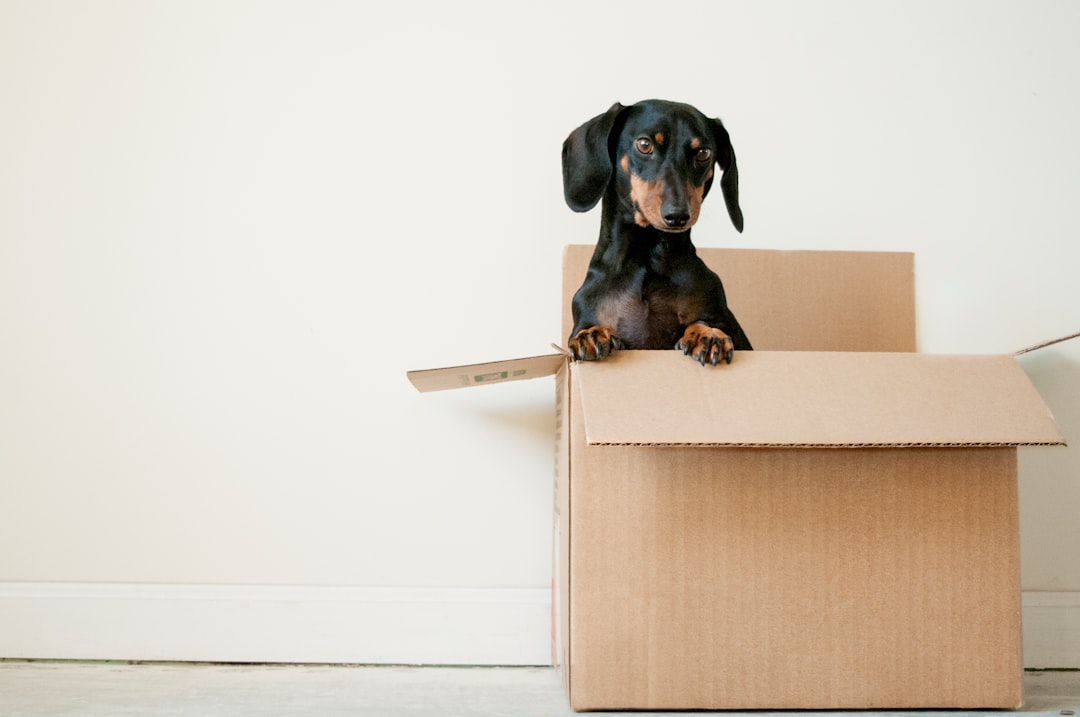If you’ve ever spotted a Long Haired Dachshund, you know these little furballs are basically the hair models of the dog world—think runway-ready with their luxurious locks! But wait, before you invite one over for a sleepover, you should understand their unique coat and care needs. Because let’s be real, maintaining those flowing tresses is no walk in the park! Get ready to dive deep into their grooming, diet, and training while keeping a giggle in your heart and a brush in your hand. It’s time to give your Long Haired Dachshund the royal treatment they deserve!
Understanding the Long Haired Dachshund Coat
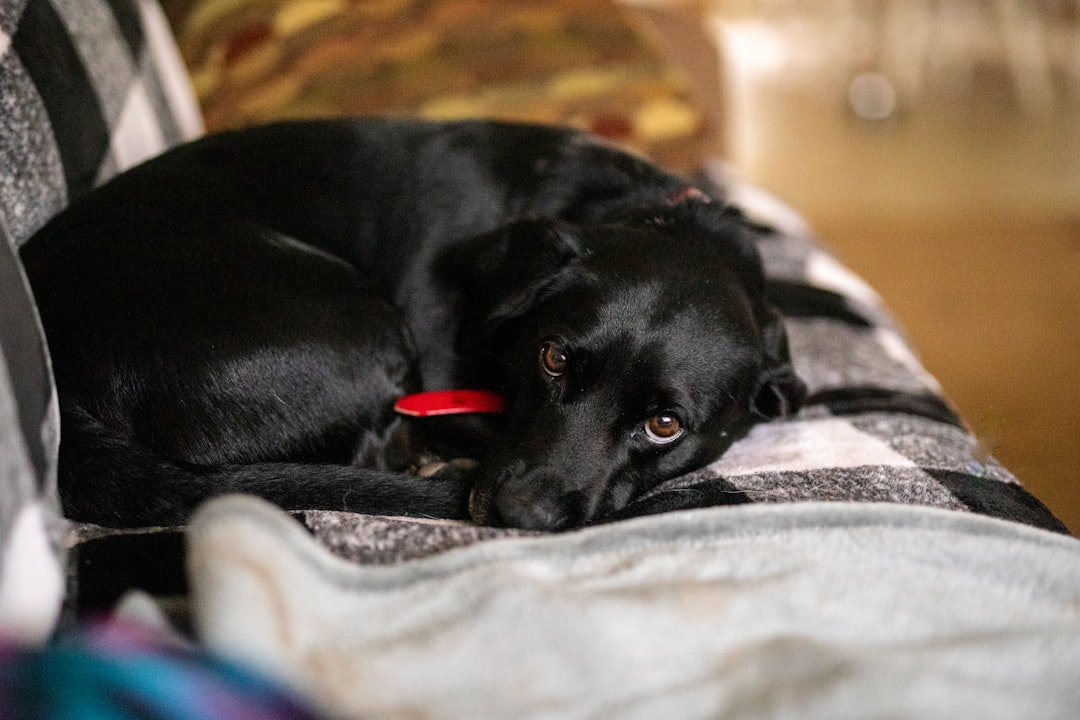
Ah, the glamorous coat of the Long Haired Dachshund! It’s like the canine equivalent of a fluffy feather boa! With its luscious locks cascading down like a diva’s hair at an awards show, this breed stands out in every dog park. But, before you start fawning over that fabulous fur, let’s get to know what makes it special, shall we?
Key Characteristics of Their Fabulous Fur:
- Length: We’re talking about a coat that’s as long as your grocery list on a busy day.
- Texture: Silky and smooth, it feels like petting a cloud (or a well-loved teddy bear!).
- Colors: From black and tan to cream, the color spectrum is like a box of crayons!
In short, caring for a Long Haired Dachshund’s coat is essential, not only to maintain its beauty but also to prevent it from turning into a gnarly mess of tangles. So grab your comb, because we’re just getting started on the royal grooming journey ahead!
Characteristics of Long Haired Dachshunds
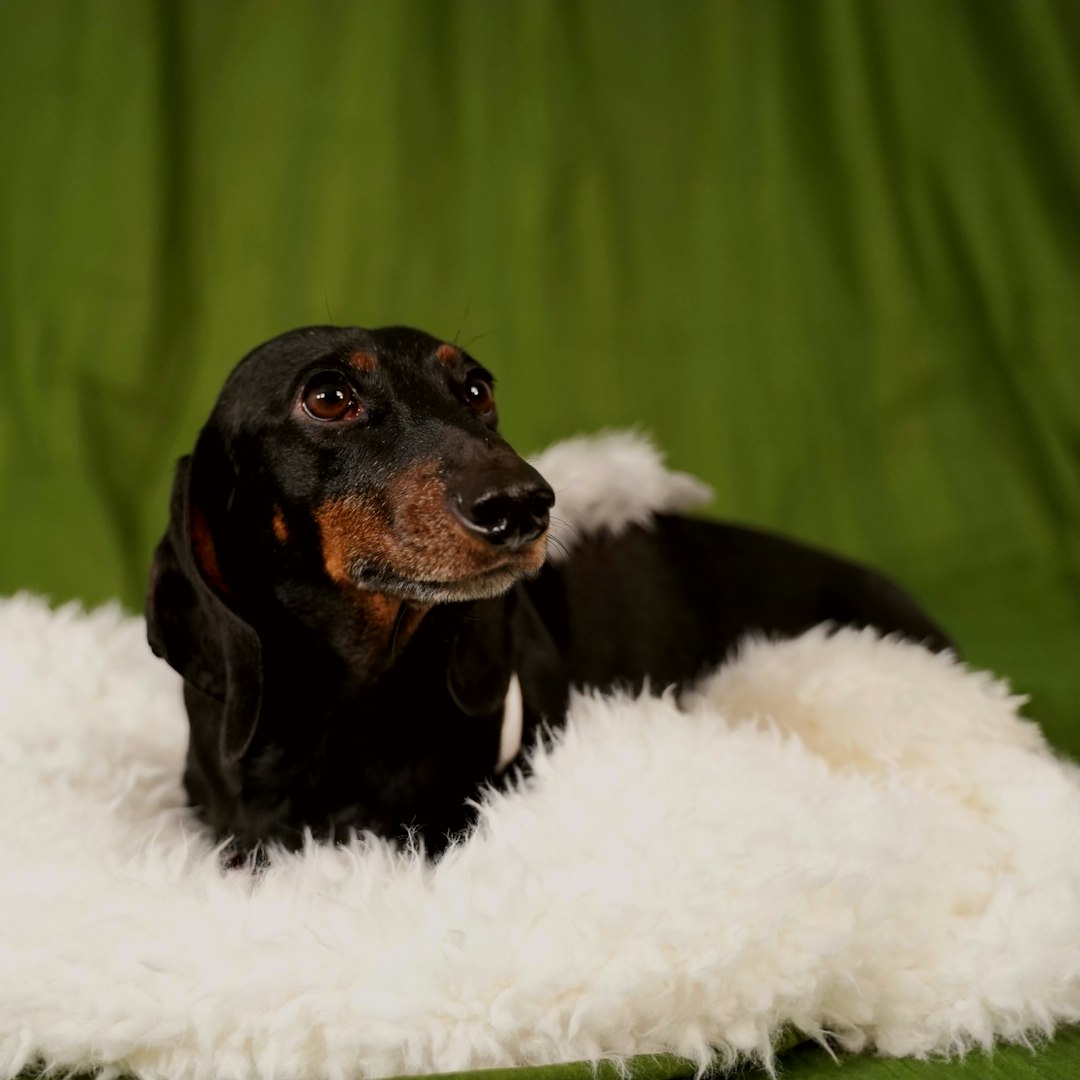
When it comes to the Long Haired Dachshund, you might picture a tiny, elongated dog with a fabulous mane reminiscent of rock stars! But wait, there’s more! Here are some key traits that make this breed a heart-stealer:
- Fabulous Fur: The signature long, flowing coat gives them a regal look. It’s like they’re forever in a shampoo commercial.
- Color Palette: From rich chocolates to stunning blacks and dappled patterns, these pups sport a variety of colors that’ll make any fashionista jealous.
- Dynamic Temperament: These dogs blend a sassy streak with a heart full of love. They’re playful, affectionate, and (let’s be honest) a bit mischievous.
- Body Proportions: Long and low — their bodies stretch like elastic bands, which makes them the perfect candidate for the “cutest sausage” award.
In summary, the Long Haired Dachshund embodies an irresistible combination of looks and personality. Owning one is like having a furry little celebrity at home! 🌟
Grooming Essentials for Long Haired Dachshunds
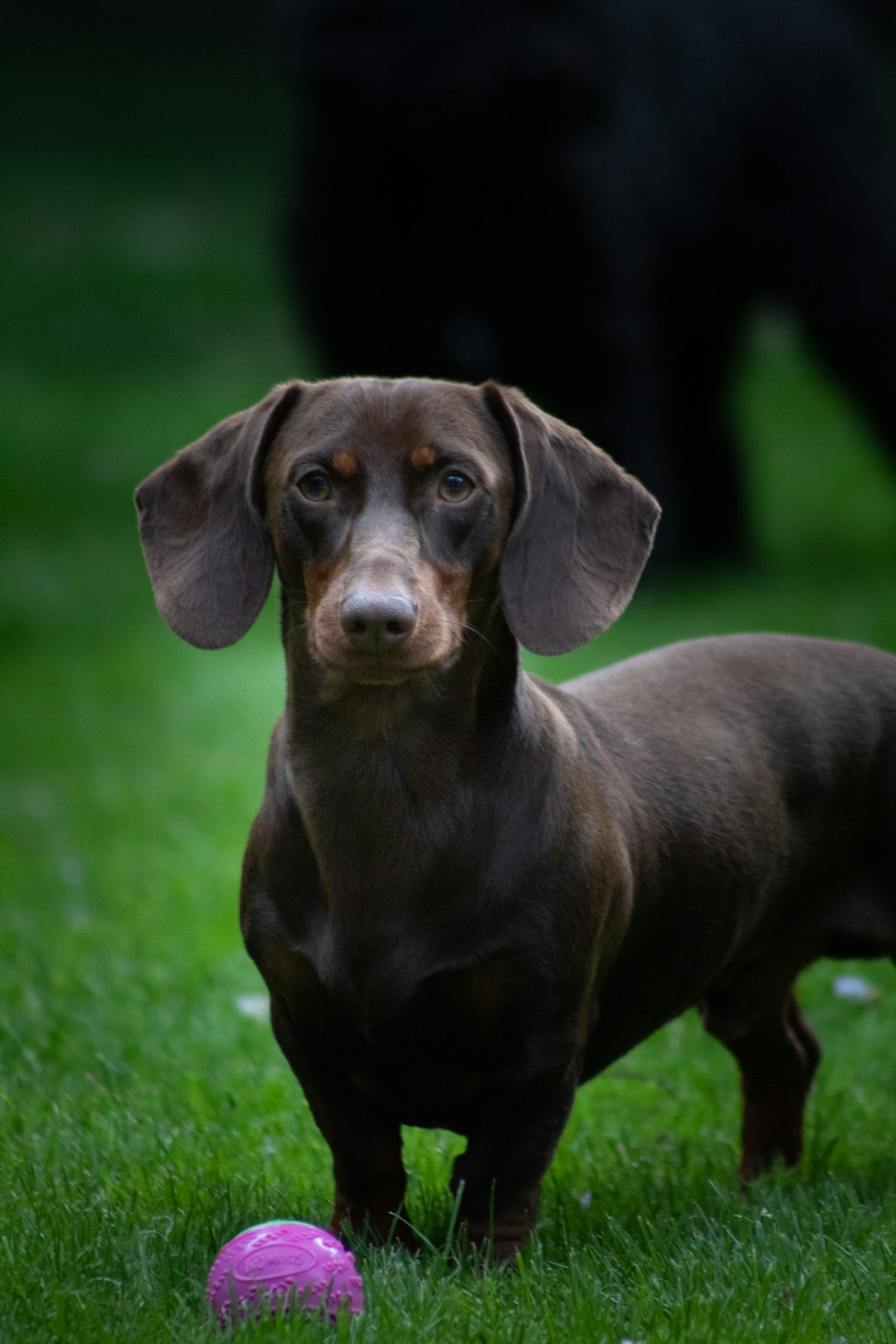
Okay, let’s talk about the dachshund in the room—grooming your Long Haired Dachshund! With their luscious locks, these pups can quickly transform from a dapper diva to a tumbleweed if neglected. Here’s a humorous guide to keep your furry friend looking like the model they were born to be:
Grooming Must-Haves
- Brushes & Combs:
- Wide-toothed comb: Perfect for detangling those adorable earflaps.
- Slicker brush: For that red carpet shine!
- Shampoo:
- A dog-friendly shampoo—no, not your fancy lavender bubble bath!
- Nail Clippers: Because no one wants to trip over those tiny talons.
- Towels: You will need extra towels—either for when they jump into the pool or your lap after a bath.
Grooming Routine
- Daily brushing: Takes less time than binge-watching your favorite show. (And way more rewarding!)
- Bathing: Once a month should keep them from smelling like last week’s leftovers.
In short, keeping your Long Haired Dachshund looking fabulous takes effort, but with the right tools and a bit of humor, you’ll both enjoy the process! Remember: beauty is only a brush away! 🐾✨
Common Coat Issues and Solutions
Ah, the majestic Long Haired Dachshund! With their flowing locks, they could easily be mistaken for furry supermodels. But like all high-maintenance divas, they can face a few coat-related crises. Fear not! Here’s the lowdown on common coat issues and how to tackle them like a pro.
Common Coat Issues:
- Matting: Just like your hair after a wild rollercoaster ride, matting can happen!
- Tangles: No one likes a bad hair day. Tangles are often a Doxie’s worst enemy.
- Shedding: Who knew such a cute critter could produce enough fur to knit a sweater?
Solutions to Keep Their Coat in Check:
- Regular Brushing: Aim for 2-3 times a week. This keeps mats and tangles at bay, and your Long Haired Dachshund will love the pampering!
- Bathing: Bathe them every 4-6 weeks. This keeps their fur fresh and fabulous without drying out their skin.
- Professional Grooming: Sometimes, it pays to call in the pros. A good groomer can transform your Doxie’s coat from drab to fab!
Keep those coat issues at bay and you’ll have a happy, stylish Long Haired Dachshund strutting their stuff! 🐾✨
Diet and Nutrition for Healthy Coats
Feeding your Long Haired Dachshund is like fueling a tiny race car. You need premium fuel to keep that engine purring! Here’s how to keep your furry friend’s coat as luscious as a shampoo commercial model:
- High-Quality Dog Food: Look for diets high in Omega-3 and Omega-6 fatty acids. Fish oil and flaxseed oil do wonders. Their coats will shine brighter than your future!
- Protein Power: A protein-rich diet helps in maintaining a healthy coat. Think chicken, beef, or lamb. Just remember, your Long Haired Dachshund is not an omnivore; they’re a dedicated carnivore!
- Hydration Station: Keep fresh water available like it’s a summer festival. Hydration is key to a silky coat, so no one likes a thirsty pup!
- Supplements: Sometimes, a little sprinkle can do wonders. Talk to your vet about adding coat supplements. No, not the sparkle kind, but the health-boosting kind!
Remember, a happy diet leads to a happy Long Haired Dachshund, and a happy dog makes for less dog hair in your food!
Exercise Requirements for Long Haired Dachshunds
Let’s face it: your Long Haired Dachshund isn’t just an adorable furball with flowing locks; they are also energized sausages with an inherent love for adventure! Here’s how to keep that spunky spirit thriving:
- Daily Walks: Aim for at least 30 minutes of leashed strolling. Think of it as a runway show for those glorious coats!
- Playtime: Fetch, tug-of-war, or a good old-fashioned chase with a squirrel buddy — variety keeps things exciting. Just be cautious; they might get too carried away!
- Mental Stimulation: Don’t forget the brain workout! Puzzle toys or teaching tricks like “shake” will keep your Long Haired Dachshund happy and engaged.
Quick Tips for Exercising Your Long Haired Dachshund:
| Activity Type | Duration |
|---|---|
| Walks | 30 minutes |
| Play Sessions | 15-30 minutes |
| Mental Games | 10-15 minutes |
Keep those tails wagging! A well-exercised Long Haired Dachshund is a happy dachshund. So lace up those shoes, step outside, and let the adventures begin! 🐾
The Importance of Regular Veterinary Care
When it comes to keeping your Long Haired Dachshund prancing happily, regular veterinary care is as essential as a good squirrel chase! Here’s why your furry friend needs those routine check-ups:
- Prevention is Key: Regular visits help catch issues before they turn into epic doggy dramas. Think of your vet as the superhero of pet care!
- Vaccination Updates: Your Long Haired Dachshund needs their shots like you need your morning coffee—essential for staying healthy and protecting against pesky diseases.
- Dental Health: Those adorable smiles require attention too! A vet can show you how to maintain those pearly whites.
- Nutritional Guidance: Your vet can help you understand the best diet to keep your Long Haired Dachshund thriving and looking fabulous.
Remember, a well-cared-for dog is a happy dog! So, grab that leash, make that appointment, and let’s keep those tails wagging!
The Importance of Regular Veterinary Care
Ah, the Long Haired Dachshund: A fluffy bundle of joy and quirks! But, just like a well-fitted cowboy hat can make or break a Western, regular vet visits can keep your Long Haired Dachshund at their absolutely best! Here’s why these checkups are non-negotiable:
- Preventative Care: Catch problems before they become paw-blems! Regular exams help you keep an eye on your pup’s health.
- Vaccinations: Shots aren’t just for kids! Keep your Long Haired Dachshund protected from those nasty diseases.
- Dental Health: Who doesn’t love a fresh doggy breath? Vets can help you maintain those pearly whites.
- Weight Management: Let’s be real; who can resist those puppy eyes? Regular check-ups keep your munchkin from becoming a hefty sausage roll.
- Skin and Coat Monitoring: All that glorious fur needs TLC! Your vet can spot issues before your Long Haired Dachshund starts to look like a tumbleweed.
In the grand adventure of pet ownership, make those vet visits part of your roadmap! You’ll save money and avoid all the drama—like trying to wrangle a reluctant dachshund into a set of tiny scrubs!
Frequently Asked Questions
Why do Long Haired Dachshunds have such fabulous fur?
Ah, the illustrious fur of the Long Haired Dachshund! It’s like a luxurious, flowing cape designed to impress. Their coats serve a double purpose: protection from the elements and an undeniable fashion statement. Originally bred in Germany for hunting, their long locks meant they could strut around the countryside looking fabulous while also keeping warm. You could say they were the original influencers—before Instagram existed! Make sure to keep that coat groomed and fabulous.
How often should I brush my Long Haired Dachshund’s coat?
If your Long Haired Dachshund’s coat were a fine wine, you’d want to decant it daily to ensure it shines! Ideally, you should brush their fur at least two to three times a week. This not only helps to detangle the fur but also works up some serious bonding time. Think of it as a spa day for your pup, where they get pampered while simultaneously “shedding” your worries (and that pesky hair!). Remember, a well-brushed pup is a happy pup!
Are Long Haired Dachshunds prone to any unique coat problems?
Oh boy, do our long-haired pals have their quirks! They may develop issues like matting, which can make their glorious mane resemble a well-worn mop. The undercoat may also trap in dirt and dander, leading to some funky odors. It’s crucial to stay on top of grooming to avoid these hairy situations! A good rule of thumb? If you notice your Dachshund’s fur looking like it just survived a tornado, it’s time to grab that brush and unleash more fabulousness!
Do Long Haired Dachshunds shed a lot?
Just when you thought long-haired dogs would be like fluffy clouds floating through life, they hit you with a surprise! Yes, yes they do shed—especially during season changes. Think of it as them preparing for their next epic role as ‘Your Favorite Dust Bunny.’ Regular brushing will help you deal with the fur explosion, and perhaps you can start a new trend of Dachshund-themed sweaters made out of their shed fur. Who wouldn’t want to wear a piece of their beloved pooch?


